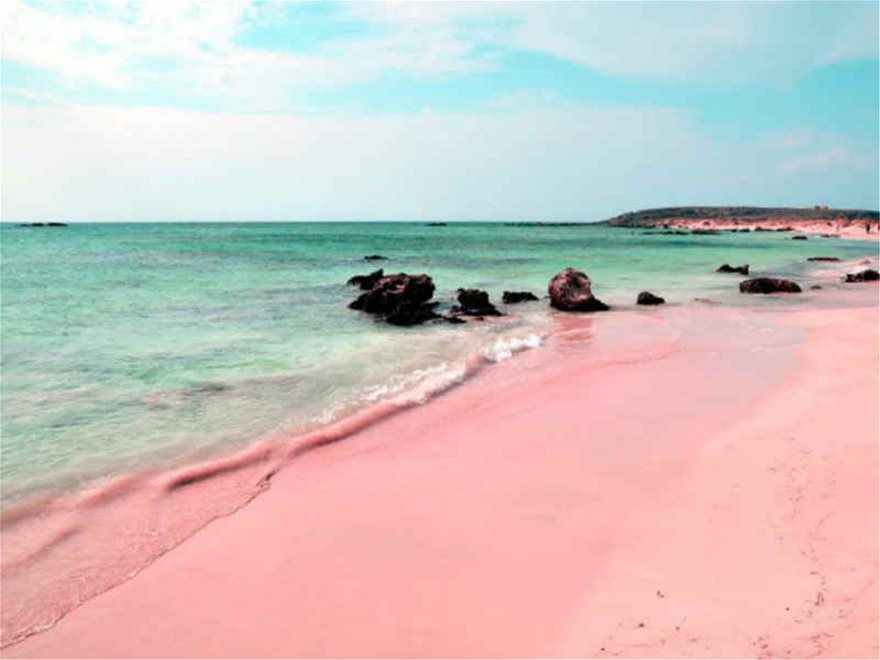
One of the most popular tourist destinations of our country is the beautiful Elafonissi of Crete. It is even ranked among the most beautiful beaches in Europe and the whole world.
It is a place of particular natural beauty and a protected Natura area. It reminds of an exotic island, as it is surrounded by turquoise shallow waters, while its beautiful sandy beach is pink in some places.
Where is Elafonissi - The history of Elafonissi

Elafonissi is located in western Crete, about 75 km southwest of Chania. It has an area of 0.435 km (VIKIPAIDEIA) and a maximum altitude of 30 meters. We would say that it is an island but also a peninsula, as when the weather is good one can get to it on foot from the opposite coast of Vroulia.
Elafonissi along with the surrounding scopes, Prasonisi or Artemis and Plakoulithra, is identified with the ancient island cluster of Moussagorai islands. In ancient times there was a sanctuary of the god Apollo on it. The name Musagorae appears in Pliny and Pomonius Mela. Tres Musagores or Acusagorus (Elafonissi with its two scopes) located near Cape Krios Metopon, southwestern tip of Crete.
In the anonymous author of the "Stationing of the Great Sea", Elafonissi is referred to as Iusagora. Let's see what exactly the anonymous author of the "Stagnation of the Great Sea" writes:
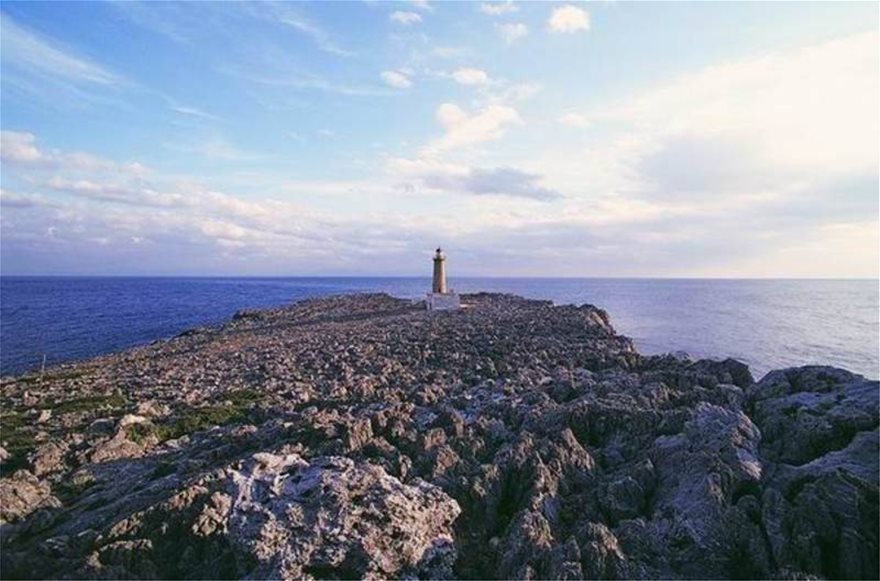
"There is an island 60 paces away facing east, Ioussaura with a harbour and a sanctuary of Apollo. There is an island 3 stages away called Messi with an anchorage. The third is called Mili. The channel is deep. It has a market place" (1 stage = about 185 meters).
It should be noted here that the "Stagnation of the Great Sea" was written between the 3rd and 4th centuries. Its anonymous author records distances in stages between ports in the Eastern Mediterranean and North Africa (as far as the city of Utica).
Elafonissi is known to sailors because when strong southwestern winds blow, the biggest waves of the Mediterranean are observed there. Under the name Elafonissos there is a low plateau at the southwestern tip of Crete in the area of Cape Krios Mepo.
The etymology of the name Elafonissi
Theoretically the name Elafonissi is very easy to etymologize: deer + island. But are there deer in Crete?
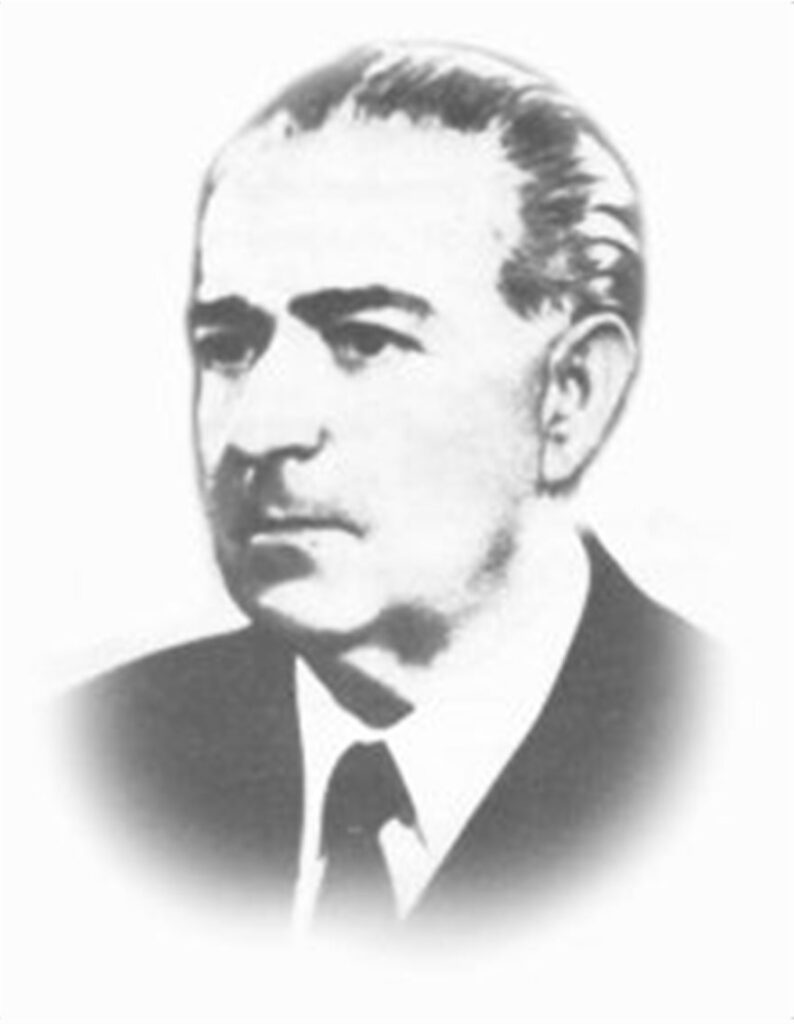
Let's see what Eleftherios Platakis (1910-1986) writes in his book "Animal names of Crete". "Today there is no deer in Crete or in the rest of Greece except the species dama dama which is found only in Rhodes. In former times it lived as deduced from palaeontological and archaeological research and even the Cretan deer species, cervus creteensis of Pleistocene age. It should be noted that until the beginning of our century (i.e. the 20th) when they spoke of deer in Crete they meant the wild deer that until then lived in other areas of Crete and not only in Sfakia. When I was very young I heard many times that a few years ago deer (wild animals) lived in the mountains opposite Vrahasi'. Based on the above, Michalis Skandalidis in his book "Nomenclature Navigation in the Greek Aegean" writes:
"The name of the island may therefore be connected with the existence of wildlife on it or on the opposite plateau Elafonissi < elafos (wild) + island (hill) or most probably it took the name from the homonymous place name of the opposite coast as is usually the case". Elafonissi was at times a base for pirates. A view that the pirates' treasures gave the island its name (Elafonissi<Lafonissi from the booty the pirates hid there) does not seem to hold water.
Easter 1824 - The massacre of civilians at Elafonissi

At Easter 1824, the Turks massacred hundreds of civilians in Elafonissi.
The civilian inhabitants of the surrounding villages, 640 according to one version, 850 according to another, fled to Elafonissi. Among them were 40 warriors.
All these people were waiting for a ship that would take them to the then British-occupied Ionian Islands. The Turks arrived on the land opposite Elafonissi.
But they could not find a way to get to the island. Then one of their horses entered the sea and as the water was very shallow it reached Elafonissi. According to another version, a donkey looking for its master led the Turks to Elafonissi. There is a third version according to which the Turks knew that they could pass to Elafonissi through the sea, as they had been informed by a Turkish Cretan shepherd called Kaberis.
Despite the brave resistance of the fighters, the Turks prevailed. Only 5-6 of those on the island managed to escape. About 120 women and children were sold into the slave markets of Egypt. All the rest were slaughtered. It was Sunday, April 17. Easter of 1824.
In memory of all those who lost their lives in Elafonisi at Easter 1824, a stone monument was erected, where a marble plaque reads "IN MEMORY OF THE LAFONISI MACHE OF 1824. HEROIC DEATH OF 40 WARRIORS SACRIFICE OF 600 WOMEN AND CHILDREN FROM THE BLOOD OF YOUR LUTHOR, THE HARAUGES ARE TURNING PINK".
1907: The sinking of the "Imperatrix"
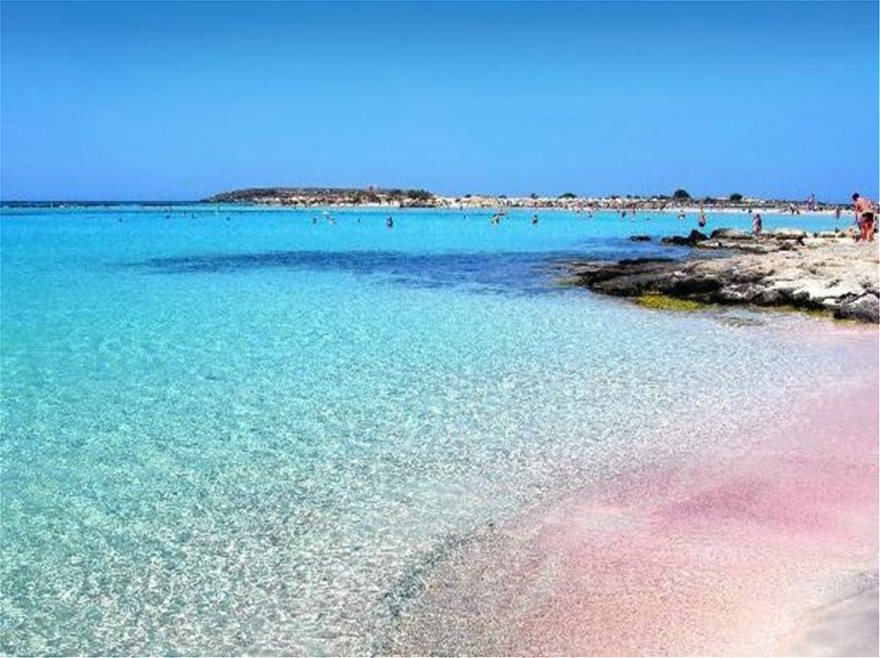
On 9/2/1907 (according to the Julian Calendar) the Austrian steamship Imperatrix (in other sources it is referred to as Imperatrice) was wrecked at Elafonissi. It was built in 1888 and operated on the Trieste-Calcutta route.
Its crew consisted of 144 men, and it carried 38 passengers, including a Greek named Augustinis. Bad weather conditions combined with human error led to the ship's sinking. Fifty people on board the ship fell into the sea. Of these, 12 were rescued and 38 drowned, but the bodies of only 17 of them were found and buried in Elafonissi. The rest went to the bow for safety, as the ship had become wedged in the rocks.
They were eventually rescued thanks to the efforts of the inhabitants of the surrounding villages, the abbot and the monks of the neighbouring monastery of Chrysoskalitissa and the assistance of three Russian ships that rushed to Elafonissi from Chania. Among them was the Russian Navy cruiser "Hividis". Its captain was Captain Nikolaos Nikolayevich Filosofov, who was serving in the Megalonga Island as head of the naval force that had been placed at the disposal of High Commissioner Zaimi by the guarantor Russia.
Nikolaos Filosofov: from admiral... to lighthouse keeper
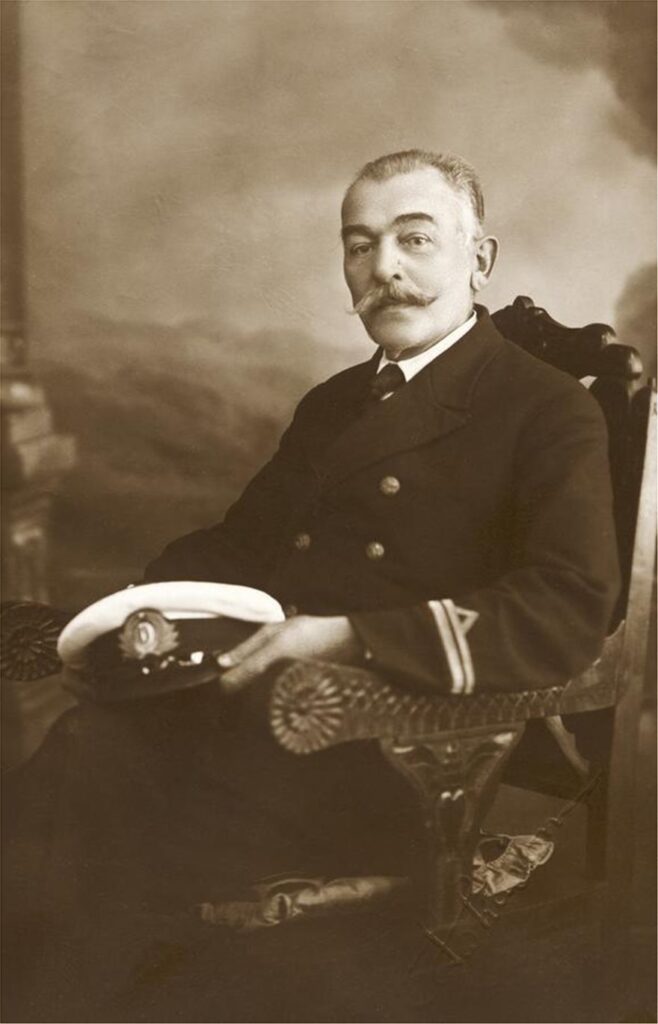
For the rescue of dozens of shipwreck victims, Filosofov was awarded by the Greek government, while Tsar Nicholas awarded him the rank of Admiral. But who was Nikolaos Filosofov?
He was born in St Petersburg in 1867. He was the son of an aristocratic family, well-presented and a lover of literature and music.
He attended the Russian School of the Imperial Navy from which he graduated in 1887. He married and had 2 sons. He had excellent relations with Tsar Nicholas II.
After his stay in Greece, he was posted (1914) to Odessa as director of the Black Sea lighthouses and navigation. The Bolshevik Revolution of 1917 found the Filosofov family fighting on the side of the Tsar. One of Nikolaos Filosof's sons was killed on the battlefields while the second committed suicide. His wife died of hardship. With the victory of the Bolsheviks, Filosoff left Odessa and went on foot to Constantinople. There he boarded a ship and came to Greece.
Queen Olga, of Russian origin, sent him to the Ministry of the Navy, which was then located in Athens' Klathmonos Square. There the director of the Lighthouse Service, Stylianos Lykoudis, announced that he would appoint him as a daily caretaker, as he did not have Greek citizenship, at the lighthouse that would be operating in a few days at Elafonissi in Crete. When Lykoudis showed him the map Philosopher broke down and full of tears said:
"Where I saved dozens of castaways, I was saved a castaway of life".
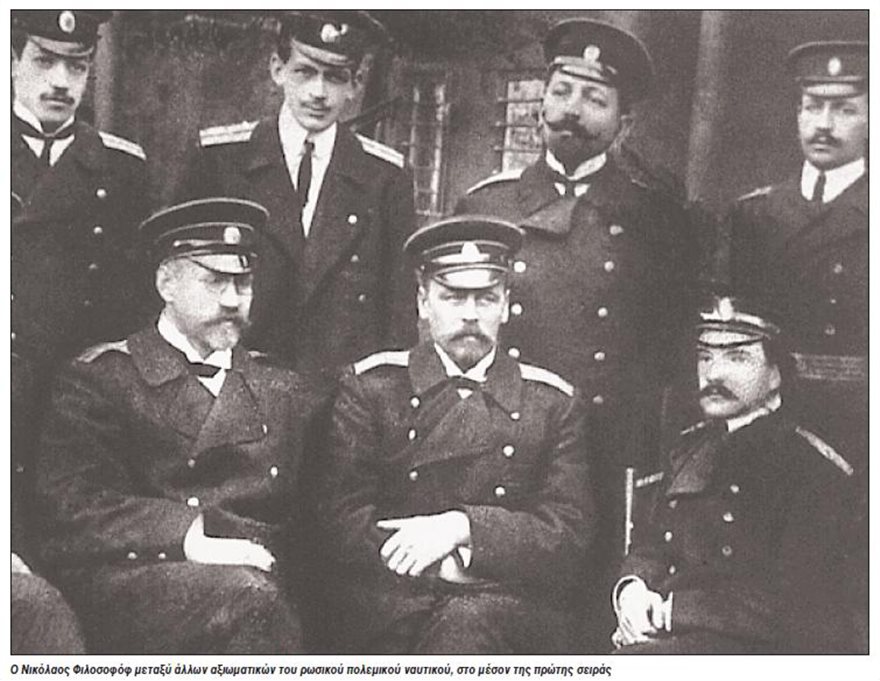
In 1923 he married Maria Ivanova, a Russian refugee from Odessa and 30 years his junior. But his second wife also died of a serious illness (1925 in the French Hospital in Athens).
On 11 October 1924 Filosofof received Greek citizenship and was sworn in as a permanent Bishop of the First Order. In 1926 he was transferred to the Apolytares lighthouse of Antikythera. There he met and married Sabia (Pipina) Harhalaki, whom he married in 1927. Together they had a son Nikitas.
In 1933 he retired, but asked his friend Stylianos Lykoudis to remain in the Service. Indeed, until 1935 Filosofov was a professor of lighthouse keepers.
He spent the last years of his life in Antikythera in a house granted to him by the Greek state. He was a caretaker at the island's high school, gave French lessons and practiced medicine, as he had relevant knowledge. It should be noted here that Antikythera, also known as Tsirigoto, had 240 inhabitants in the 1940 census, while in the last census of 2011 it appears to have 44 inhabitants.
Nikolaos Filosofov died in 1946. As for the impressive lighthouse in Elafonissi? It was destroyed like many others by the Germans during World War II and a smaller one was built in its place.

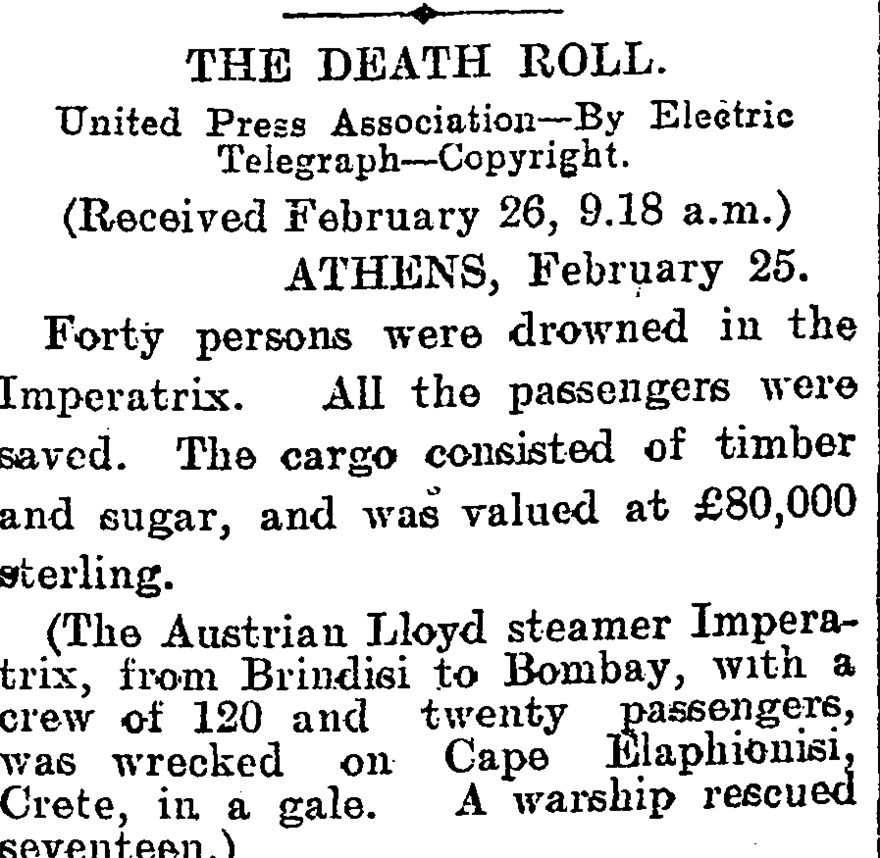
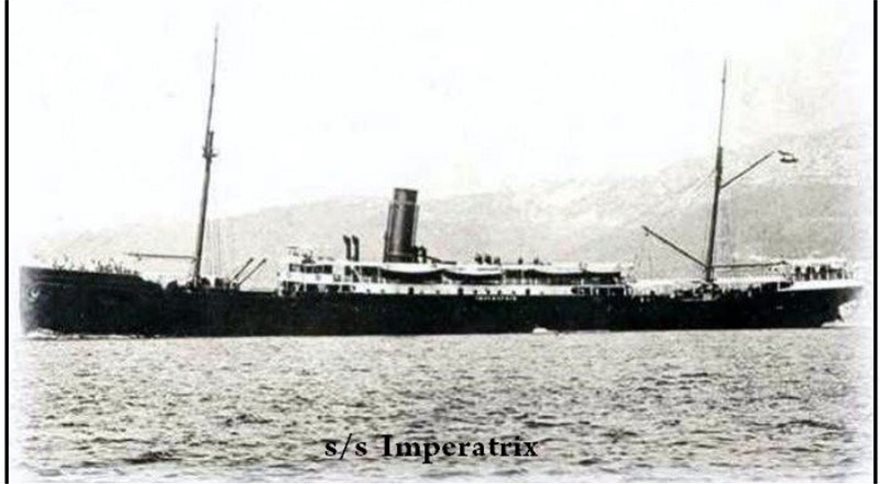
Source: First ISSUE






